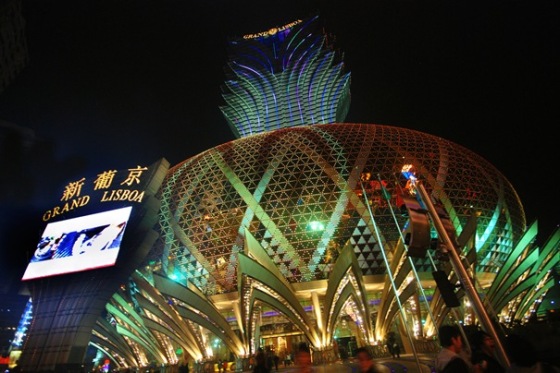
Archives
Grand Lisboa, Macao

Vomiting Fountain Sculpture, London, UK
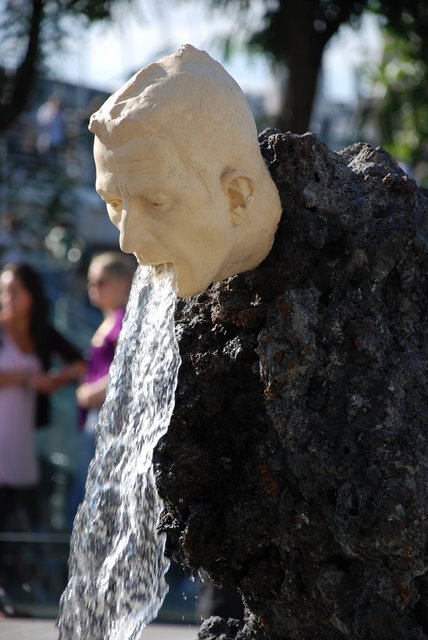
Traffic Light Tree, London, UK
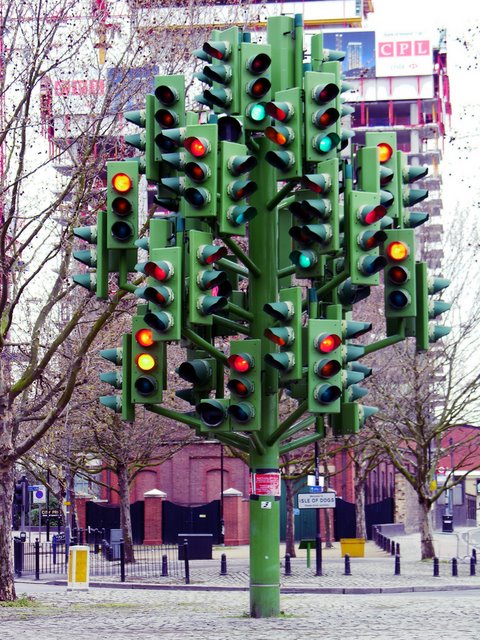
What would you do if you stop by this traffic light while driving?
Designed by Pierre Vivant, “Traffic Light Tree” has 75 sets of traffic lights. The sculpture was created to mimic a tree structure and reflect the energy of the developing Canary Wharf area.
Puffer Fish
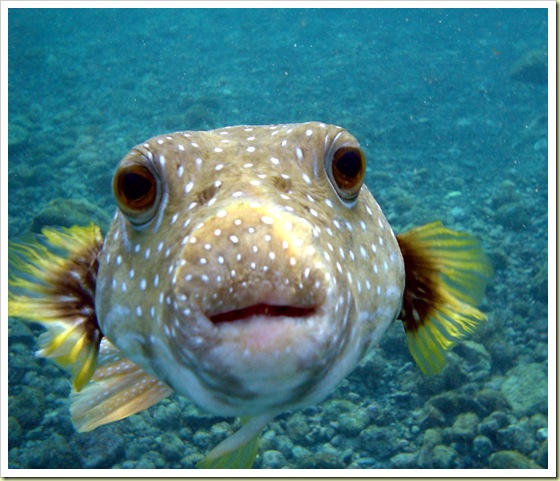
Puffer Fish are the second most poisonous vertebrate on earth (the first one is golden dart Frog). The meat of some species is a delicacy in both Japan (as fugu) and Korea (as bok-uh) but the problem is that the skin and certain organs of many puffer fish are very poisonous to humans.
This puffy fish produce rapid and violent death..Puffer’s poisoning causes deadening of the tongue and lips, dizziness, vomiting, rapid heart rate, difficulty breathing, and muscle paralysis. Victims die from suffocation as diaphragm muscles are paralyzed. Most of the victims die after four to 24 hours. There is no known antidote, Most deaths from fugu happen when untrained people catch and prepare the fish.
Statistics show that there were 20 to 44 incidents of fugu poisoning per year between 1996 and 2006 in all of Japan and up to six incidents per year led to death. Since Fugu’s poison can cause near instantaneous death, only licensed chefs are allowed to prepare it.
Poison Dart Frog

If you ever happen to be running through the rain forests somewhere in Central or South America, do not ever pick up beautiful and colorful frogs – it can be the Poison Dart Frog. This frog is probably the most poisonous animal on earth.The 2 inch long (5cm) golden poison dart frog has enough venom to kill 10 adult humans or 20,000 mice. Only 2 micrograms of this lethal toxin (the amount that fits on the head of a pin) is capable of killing a human or other large mammal. They are called “dart frogs” because indigenous Amerindians’ use of their toxic secretions to poison the tips of their blow-darts. Poison dart frogs keep their poison in their skins and will sicken or kill anybody who touches or eats it.
Blue-Ringed Octopus

The Blue-Ringed Octopus is very small, only the size of a golf ball, but its venom is so powerful that can kill a human. Actually it carries enough poison to kill 26 adult humans within minutes, and there is no antidote. They are currently recognized as one of the world’s most venomous animals.
Its painless bite may seem harmless, but the deadly neurotoxins begin working immediately resulting in muscular weakness, numbness, followed by a cessation and breathing and ultimately death.
They can be found in tide pools in the Pacific Ocean, from Japan to Australia.
Box Jellyfish
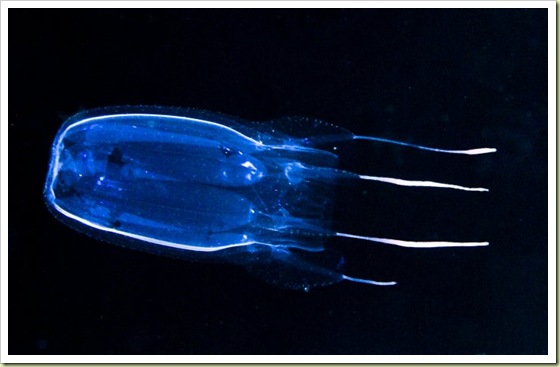
The top prize for “The World Most Venomous Animal,” would go to the Box Jellyfish. It has caused at least 5,567 recorded deaths since 1954. Their venom is among the most deadly in the world. It’s toxins attack the heart, nervous system, and skin cells. And the worst part of it is that jelly box venom is so overpoweringly painful, that human victims go in shock, drown or die of heart failure before even reaching shore. Survivors experience pain weeks after the contact with box jellies.
You have virtually no chance to survive the venomous sting, unless treated immediately. After a sting, vinegar should be applied for a minimum of 30 seconds. Vinegar has acetic acid, which disables the box jelly’s nematocysts that have not yet discharged into the bloodstream (though it will not alleviate the pain). Wearing panty hose while swimming is also a good prevention measure since it can prevent jellies from being able to harm your legs.
Jelly box can be found in the waters around Asia and Australia.
Cathedral of Maringa (Parana, Brazil)

This is a Roman Catholic cathedral located in downtown Maringá, Paraná, Brazil, measuring 124 m high. It was completed in 1972 and is the tallest church in South America and the 16th tallest in the world.
Architect José Augusto Bellucci was inspired by the Soviet sputnik satellites when he projected the modern design with conical shape of the cathedral, which was idealized by the archbishop Dom Jaime Luiz Coelho.
Saint-Michel d’Aiguilhe chapel (Le Puy-en-Velay, France)

Perhaps one of the most remarkable sights in France, a chapel perched on a volcanic plug. This is the Rock of Aiguilhe, on the edge of the town of Puy en Velay, in the Auvergne. The Chapelle Saint-Michel has stood there for 1042 years, since Bishop Gothescalk had it built in 962 on his return from a pilgrimage to Santiago del Compostella in Galicia. In 1955 workers found relics under the alter that had been there since it was built.